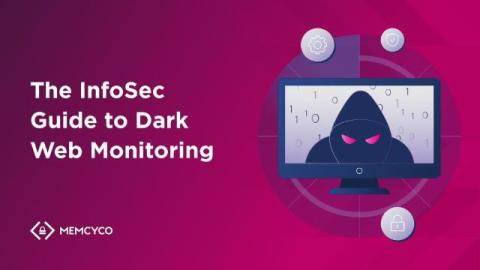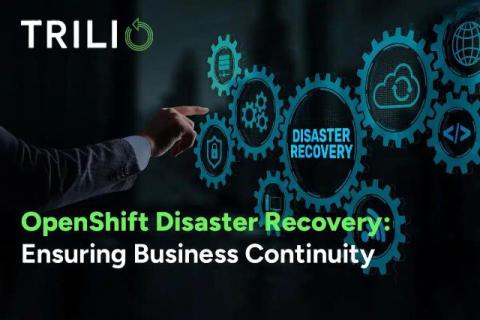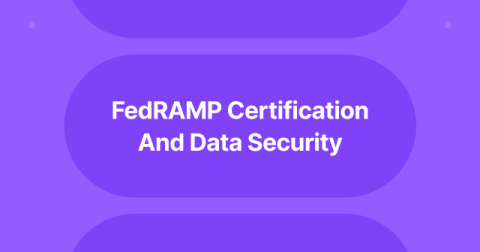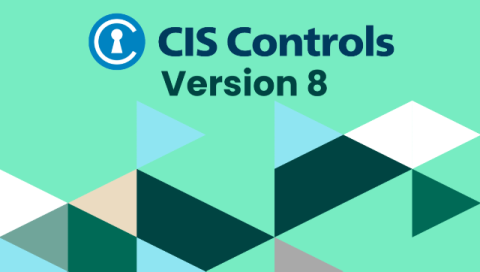The InfoSec Guide to Dark Web Monitoring
Your customers’ stolen data could be for sale right now – and you might not even know it. The dark web is a thriving, shadowy marketplace where fraudsters trade credit card numbers, account details, session cookies, and even entire identities. On average, there were more than 2.5 million daily visitors to the dark web in 2023, showcasing the scale of this underground economy.











